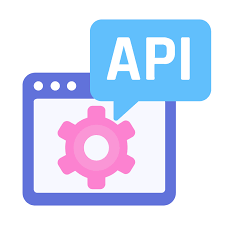
Application programming interfaces
There are an overwhelming number of websites, applications, and services available on the market today.
A few years ago, every website was essentially developed from the ground up, which accounts for the lack of web applications and software up until recently.
We now use application programming interfaces (APIs), that let us plug in to existing services. Since we cannot specialize in 100% of industries, we lean on other companies that have spent the time to specialize in one industry; to create dynamic and powerful applications.
Many companies and applications offer an API with at least a minor access to their service. This allows us to implement features such as live Google Analytics dashboards or robust MailChimp campaign analytics. We can display Quickbooks transactions and balances or data from a large variety of financial institutions, on a website, without manually coding those applications from scratch. While this may not sound useful by itself, there are several common use cases for this technology.
- Utilizing outside services, such as IBM Watson Analytics. Click HERE to read more about Watson Analytics and its capabilities.
- Creating internal dashboards for teams. Using several APIs, it’s possible to pull data from project management applications like JIRA or design portfolios from Adobe. If that’s not your style, display your interactive team boards from Trello and outline the project next to a budget in Quickbooks.
- Piggy-backing on existing services to enhance user-facing websites. Many companies specialize in or provide APIs that don’t have a public facing service. For example, there are APIs for chatbots or artificial intelligence agents. The uses and possibilities for APIs are already seemingly endless and continue to grow every day.

